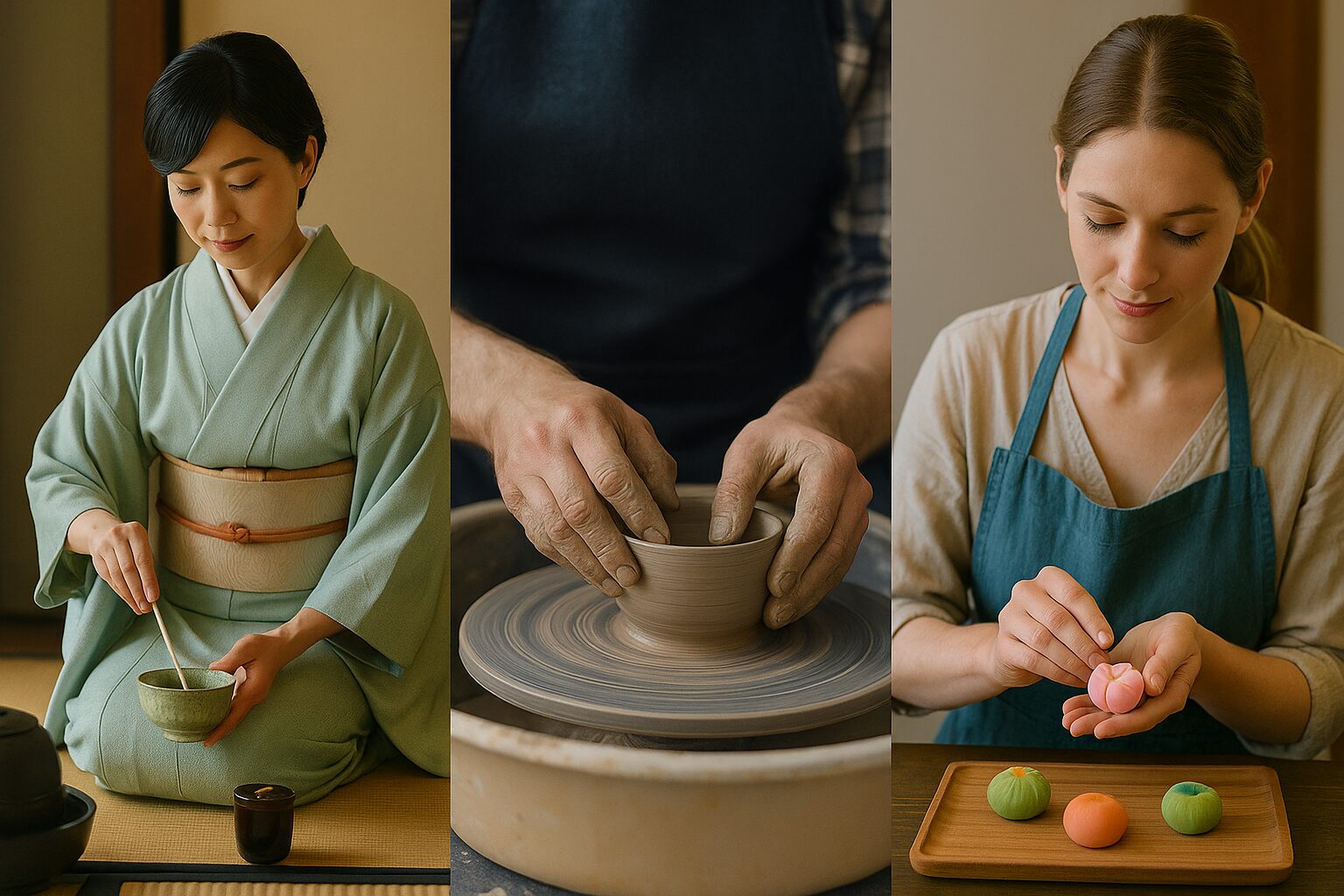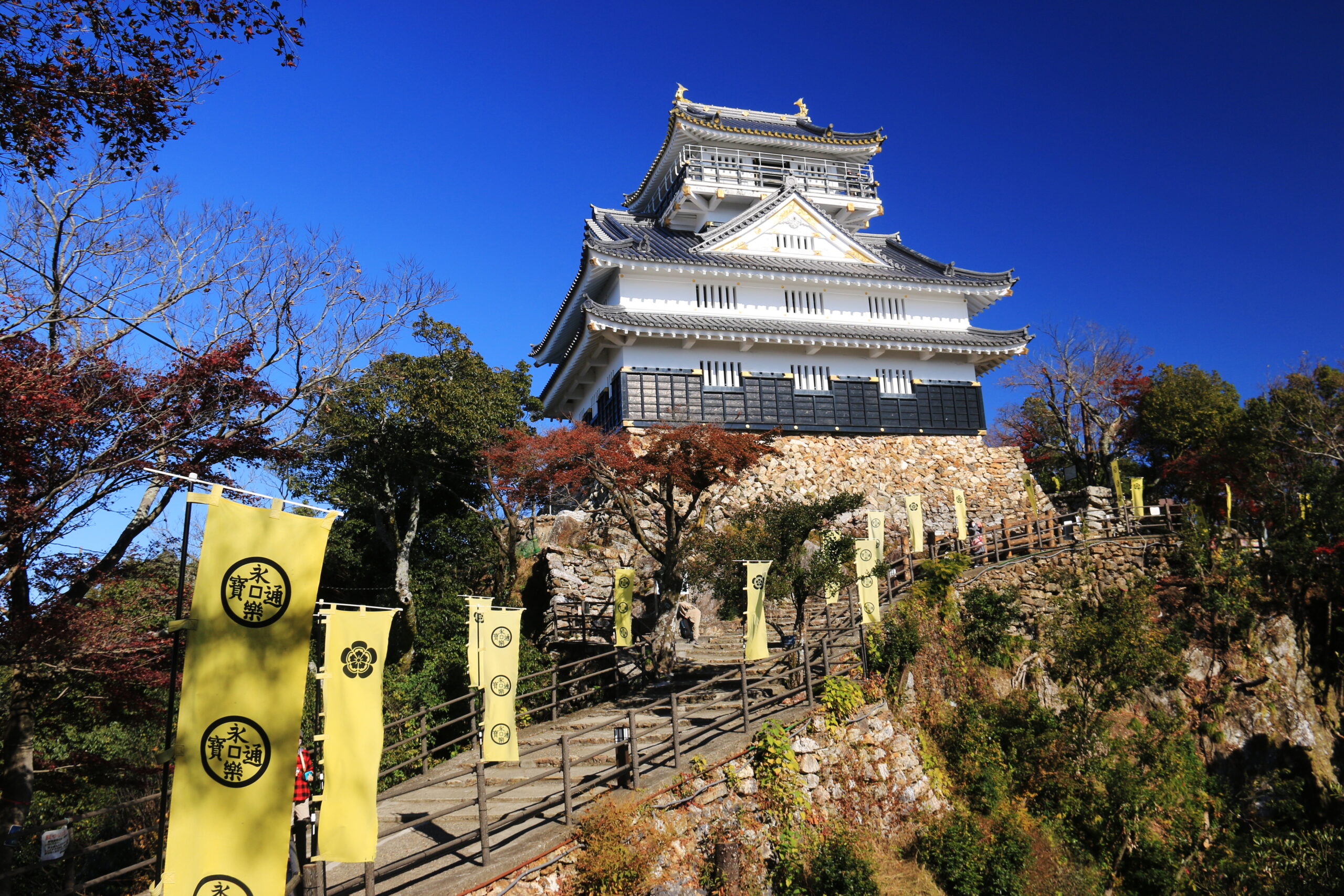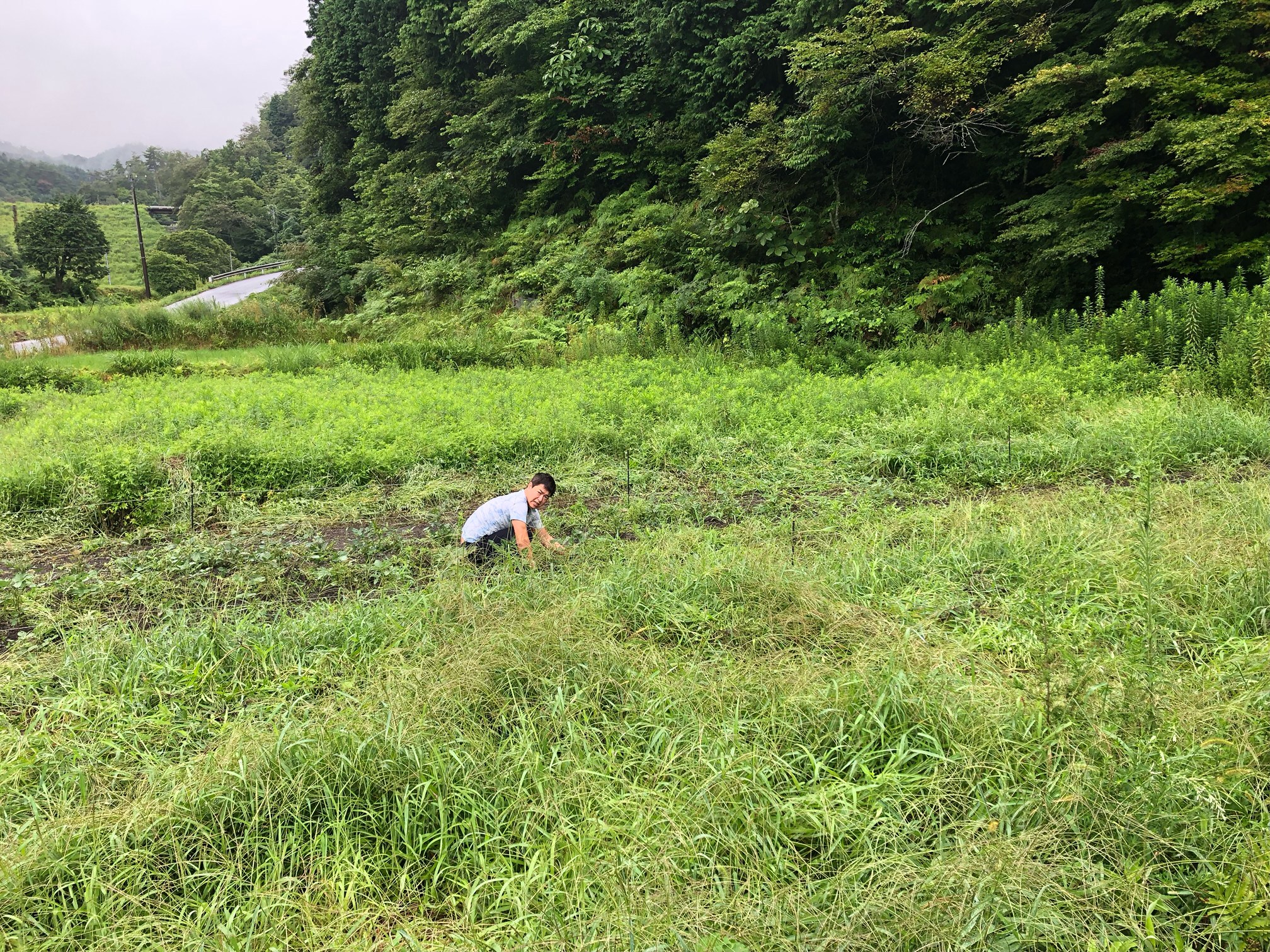Experience Japan's Culture Through Tea Ceremonies, Pottery and Wagashi Making
- 1. Why Hands-On Cultural Experiences Are Gaining Popularity in Japan
- 2. Tea Ceremony – Discover the Art of Hospitality and Inner Calm
- 3. Pottery Making – Shape Clay with Your Own Hands in Japan's Historic Kilns
- 4. Wagashi Making – Sweet Traditions Shaped by the Seasons
- 5. Combining Culture and Nature – The Tokai Region as a Perfect Setting
- 6. Practical Tips for Booking Your Cultural Experience Tour
- 7. Why This Kind of Tourism Matters – A Deeper Way to See Japan
- 8. Conclusion – Transform Your Journey Through Japan with Cultural Experiences

When planning a trip to Japan, many travelers from the United States think of iconic attractions like Mount Fuji, Tokyo Tower, or ancient temples in Kyoto. While these destinations are undoubtedly fascinating, there's another side of Japan that promises a much deeper cultural experience—hands-on traditional activities like tea ceremonies, pottery workshops, and wagashi (traditional Japanese sweets) making.
For travelers looking to do more than just see Japan, these cultural experiences offer an immersive way to connect with the country’s history, craftsmanship, and community. This article explores how experiential tourism in Japan—especially in the Tokai region—can provide a transformative journey unlike any other.
Why Hands-On Cultural Experiences Are Gaining Popularity in Japan
Modern travelers are shifting away from passive sightseeing and increasingly seeking meaningful and authentic experiences. Activities like tea ceremonies, pottery classes, and wagashi making not only entertain but also educate and enlighten.
• Cultural Immersion: Engage with traditions that date back centuries and understand the values behind them.
• Language-Free Enjoyment: Many of these experiences can be appreciated with minimal language barrier thanks to the universal language of craftsmanship.
• Memorable Keepsakes: Whether it’s a handmade bowl or a self-created wagashi sweet, you’ll take home a tangible memory.
Private guided tours that include these activities help bridge the gap between foreign visitors and local traditions, offering curated experiences with expert support.
Tea Ceremony – Discover the Art of Hospitality and Inner Calm
The Japanese tea ceremony, or "sado," is more than just drinking tea. It's a choreographed ritual of aesthetics, mindfulness, and respect. Participating in a traditional tea ceremony allows you to slow down and experience the grace and humility embedded in Japanese culture.
Best Places to Join a Tea Ceremony
• Nagoya: Many private tea schools offer authentic sessions in serene tatami rooms.
• Inuyama: Experience tea ceremonies in historic castles or gardens as part of guided cultural tours.
• Kyoto (if passing through): Though crowded, it remains a hub for the most classical tea schools.
What You’ll Learn
• Proper etiquette, from bowing to entering the tea room
• How to appreciate the seasonal themes in tea utensils and decorations
• The symbolic meaning behind each movement and gesture
Many private guided tours include English-speaking tea masters who patiently explain the rituals while letting guests participate fully.
Pottery Making – Shape Clay with Your Own Hands in Japan's Historic Kilns
Japan has a proud pottery tradition, with each region having its own style. In the Tokai area, Seto is one of the most renowned towns, home to “setomono,” a term that has become synonymous with ceramics across Japan.
Why Pottery Workshops Are Ideal for Tourists
• Hands-On Learning: You’ll work on a wheel or with hand-molding techniques, under the guidance of a seasoned potter.
• Take-Home Souvenirs: Create bowls, cups, or plates and have them glazed, fired, and shipped home.
• Small Group Atmosphere: Most workshops cater to individuals or small groups, perfect for private guided tours.
Top Pottery Towns to Visit
• Seto: The birthplace of Japanese ceramics, offering deep historical and artistic roots.
• Tokoname: Known for teapots and a laid-back coastal atmosphere.
Visitors often gain access to kiln sites, museums, and family-run pottery studios that aren’t open to the general public—especially when accompanied by a local guide.
Wagashi Making – Sweet Traditions Shaped by the Seasons
Wagashi, or traditional Japanese sweets, are not just desserts. They’re edible art pieces that reflect nature, seasons, and cultural stories. Learning to make wagashi introduces travelers to another layer of Japanese aesthetics and seasonal awareness.
What to Expect in a Wagashi Class
• Instruction by local confectioners who specialize in nerikiri (colored sweet bean paste)
• Tools and techniques to sculpt shapes like cherry blossoms, autumn leaves, or festive motifs
• Stories behind the sweets, including their connection to festivals, tea culture, and poetry
Popular Locations for Wagashi Experiences
• Nagoya: Offers casual workshops often included in culinary tours
• Gifu or Mino: Small family-run kitchens that open to private tour groups
• Kyoto: High-end confectioners occasionally provide demonstration-based experiences
By joining a wagashi class with a knowledgeable guide, tourists can not only make sweets but also understand the seasonal rhythm that defines Japanese life.
Combining Culture and Nature – The Tokai Region as a Perfect Setting
The Tokai region—home to Aichi, Gifu, and Mie prefectures—offers a balanced mix of cultural heritage and natural beauty. Unlike Tokyo or Osaka, this region is less commercialized, making it ideal for slow, immersive travel.
Highlights of the Tokai Region
• Inuyama: Castle town vibes and riverside serenity
• Seto: Kilns and clay-covered history
• Mino: Lush landscapes and traditional washi papermaking
• Ise: Sacred shrines and spiritual retreats
Private guided tours based in Nagoya can cover all these areas efficiently while ensuring rich, localized experiences.
Practical Tips for Booking Your Cultural Experience Tour
• Choose Guides Who Specialize: Look for tours that offer certified local experts in tea, pottery, or culinary arts.
• Communicate Interests Early: Share your preferences for art, food, history, or nature to create a tailored itinerary.
• Book in Advance: High-quality workshops with English-speaking support often have limited availability.
• Dress Comfortably: Some activities like pottery or hiking to a tea garden may involve movement or traditional clothing.
Photography Etiquette and Social Media Sharing
• Always ask before taking photos inside private studios or tea rooms.
• Focus on capturing moments rather than staging them.
• Use hashtags like #JapanCulturalExperience or #HandsOnJapan for discoverability.
Why This Kind of Tourism Matters – A Deeper Way to See Japan
Experiential tourism benefits both travelers and local communities. For visitors, it creates lasting memories and a real sense of connection. For locals, it supports traditional industries and encourages cultural preservation.
This style of travel helps visitors:
• Understand Japan beyond the surface-level attractions
• Support small businesses and regional economies
• Experience a slower, more respectful form of tourism
Conclusion – Transform Your Journey Through Japan with Cultural Experiences
For American travelers looking to explore Japan beyond the glossy brochures and Instagram photos, hands-on cultural experiences like tea ceremonies, pottery making, and wagashi crafting offer a fulfilling alternative.
These activities not only immerse you in Japanese tradition but also provide personal insights and skills you’ll carry long after your trip ends. Whether you're a solo traveler, a couple on a romantic getaway, or a family looking to bond through shared learning, this form of travel fosters unforgettable memories.
So next time you plan your Japan itinerary, remember that the most profound moments often come not from what you see—but from what you do.

